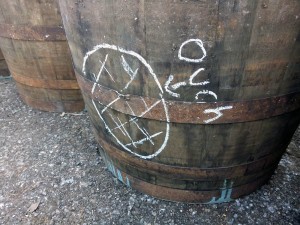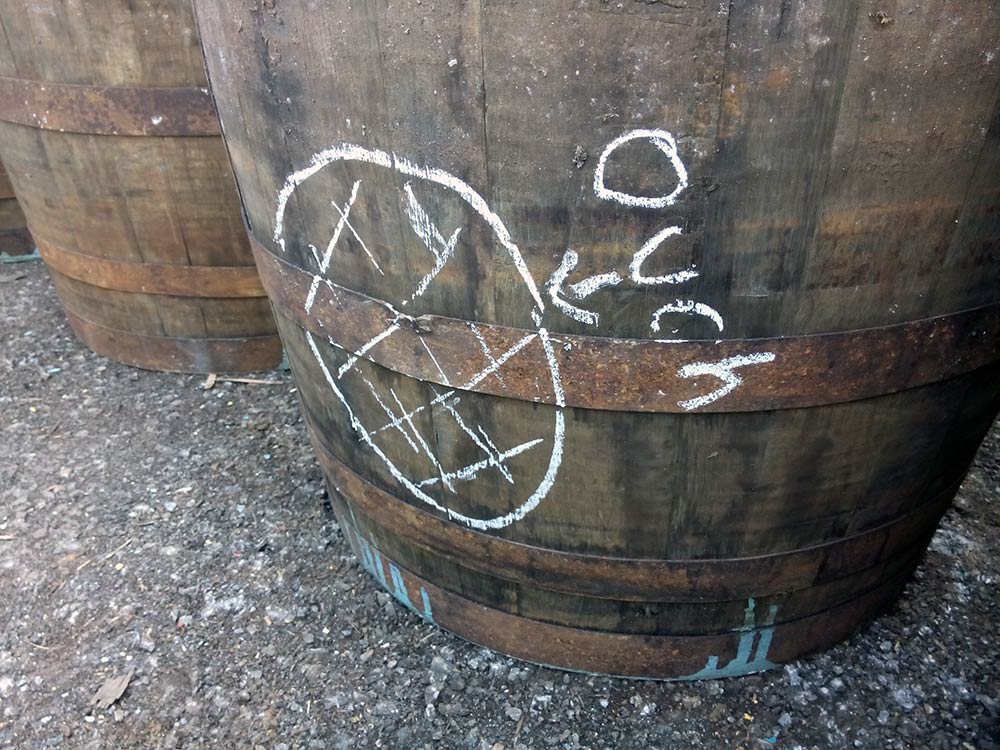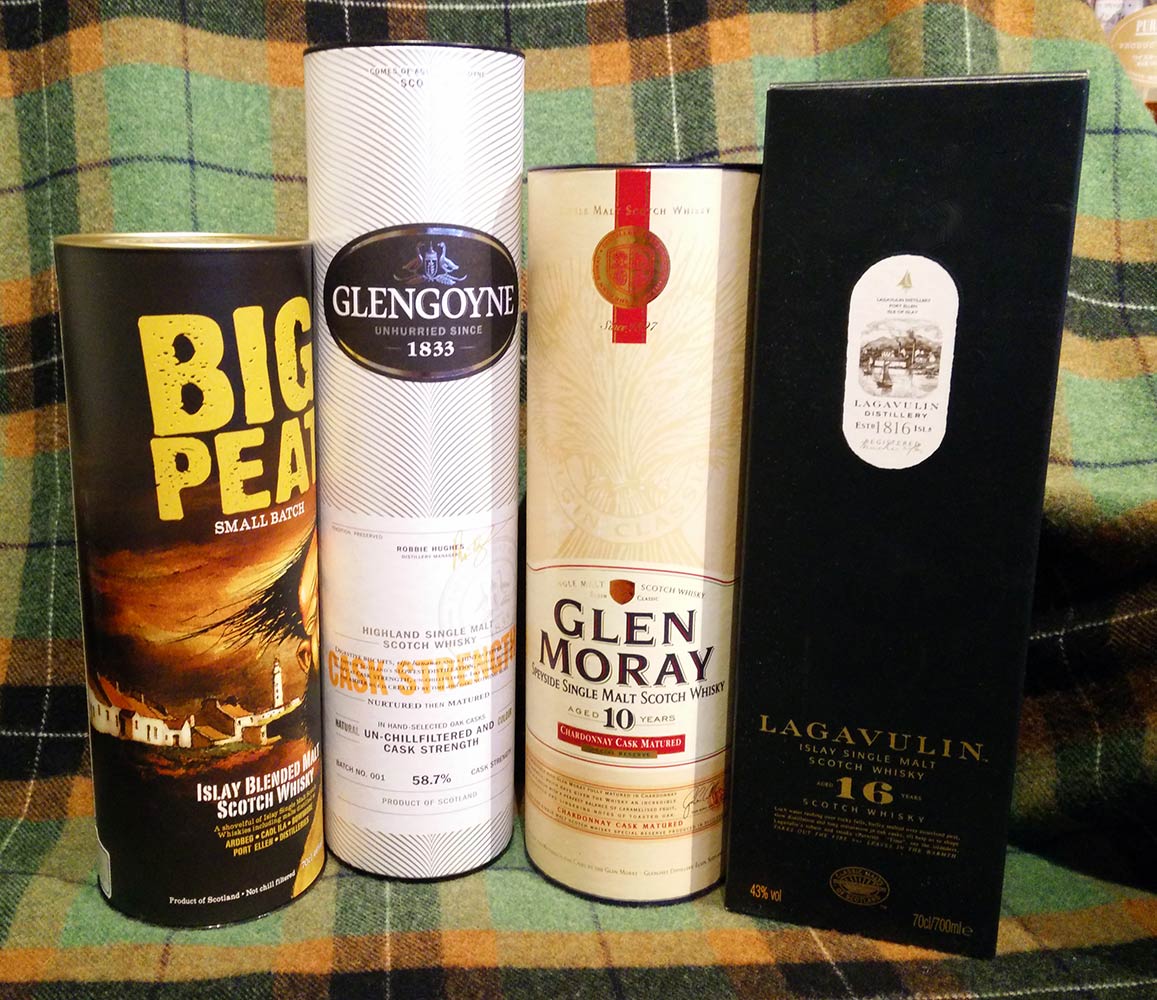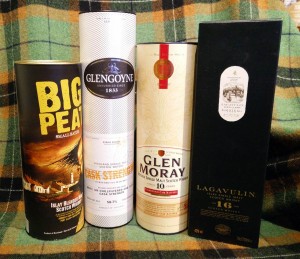
“Don’t feed the beast that chokes you”. A blog post under that title paired with a new site banner with the words “Hibernation mode” by Malt Maniac Oliver Klimek sparked many responses, questions and similar statements by other whisky bloggers all over the world. Long-standing, respected whisky bloggers are putting blogging on the backburner or calling it quits:
But you can expect the blog to remain low-key until the grip of the beast has eased at least a bit.
What’s it all about?
The biggest issue at the moment, amongst others, which I won’t touch since Oliver has already laid them out in detail, is the price of whisky. A topic which I have written about in the past as well. As whisky bloggers, when we can no longer afford the whiskies we want to try, and share them amongst our peers and friends, we run into trouble. We either have to depend on the generosity of distilleries and distributors, wealthy friends, the purchasing of samples or, begging. Begging for samples, if you don’t mind me digressing, but it has to be addressed, is a recent phenomenon. That small but vocal and nagging sub-group of bloggers is dragging the whole online whisky writing community through the dirt. This results in rolling of eyeballs when you mention what you do, as I’ve experienced myself and my good friend Johanne has also written about (which has triggered me to write about it too). It’s a shame. We don’t need that. Stop begging, people! You’re not only hurting yourself, you’re hurting all of us and make us even more frustrated! I for myself have a written code and that includes never asking for samples and giving my honest opinion without sugar coating on those samples which are offered to me. If it comes with strings or expectations attached, I don’t take it, period. And neither should anyone else. That’s the journalistic ethic code, and journalists is what we are. End of digression.
I went on a trip to the Spirit of Speyside whisky festival exactly a month ago. One thing I couldn’t help noticing was the extreme number of extravagant, fancy, glitzy and exorbitantly priced bottles of whisky I encountered – either on sale or still in cask with an announced 5-figure future selling price. At the same time the “daily dram” category gets flooded with younger, no-age-statement releases at higher prices and not always better quality than we previously got.
Whisky used to be a brown spirit for everyone. If you had a “normal” income, you could afford a (really, really) good tipple, if you wanted to. Whisky is not only a brown spirit, it is also an aged spirit. All the fancy cask voodoo so popular these days can only bring the spirit so far – age is more than a number, it is a prerequisite. Some distillates are great at a young age (Talisker, Ledaig, Kilchoman spring to mind, a non-exclusive list) while others take a long time in cask to mature to perfection. The sweet spot for many whiskies lies between 15 and 25 years. That, however, is a diminishing category. Continue reading “A disruption in the #whiskyfabric”




